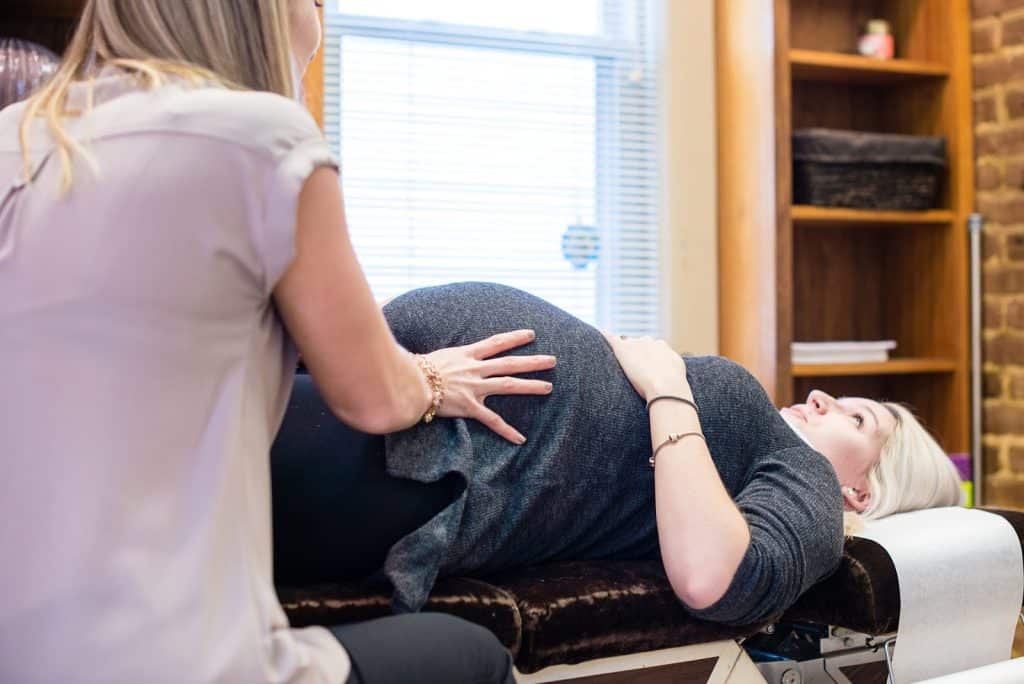Backpack Ergonomics and Proper Fit for Kids: A Guide for Parents
Backpacks are an essential tool for students, helping them carry their books, notebooks, and other school supplies. However, improper backpack use can lead to various health issues, particularly for growing children. To ensure your child’s well-being, it’s crucial to understand backpack ergonomics and how to ensure a proper fit. In this blog post, we’ll explore the importance of backpack ergonomics for kids and provide practical tips on selecting, packing, and wearing a backpack correctly.
Why Is Backpack Ergonomics Important for Kids?
Before delving into the specifics of backpack fit and usage, let’s first understand why backpack ergonomics are crucial for children:
- Spinal Health: Children are still growing, and their spines are developing. Carrying heavy backpacks incorrectly can lead to posture problems, back pain, and even spinal deformities.
- Muscle Strain: An improperly fitted or overloaded backpack can strain a child’s muscles, particularly in the shoulders and back. This strain can lead to discomfort and fatigue.
- Safety: A well-fitted backpack ensures that your child’s center of gravity remains stable, reducing the risk of falls and injuries.
Now that we understand the importance of backpack ergonomics, let’s move on to practical tips for ensuring a proper fit:
Choosing the Right Backpack
- Size Matters: Select a backpack that suits your child’s size. It should be proportionate to their body and not too large or too small. Avoid buying a backpack that your child can “grow into.”
- Quality Matters: Invest in a quality backpack with padded shoulder straps and a padded back panel. These features help distribute weight evenly and provide comfort.
- Adjustability: Look for a backpack with adjustable straps, both for the shoulders and the chest. Adjustable straps allow for a customized fit as your child grows.
Proper Packing
- Lighten the Load: Encourage your child to only carry what’s necessary for the day. Excess weight can strain their back and shoulders. Make sure they periodically clean out their backpack to remove unnecessary items.
- Heavier Items Closest to the Back: Teach your child to place the heaviest items, like textbooks, closest to their back. This helps maintain proper weight distribution.
- Use Compartments: Utilize the backpack’s compartments to evenly distribute weight and prevent items from shifting. This also helps with organization.
Wearing the Backpack
- Two-Strap Rule: Emphasize the importance of using both shoulder straps. Wearing a backpack over one shoulder can lead to muscle strain and poor posture.
- Adjust the Straps: Ensure the shoulder straps are snug but not too tight. The backpack should sit close to the body without sagging.
- Use the Chest Strap: If the backpack has a chest strap, encourage your child to use it. This helps distribute weight evenly and prevents the backpack from swaying.
- Proper Position: The backpack should rest in the middle of the back, not too high or too low. The bottom of the backpack should sit at the curve of the lower back.
- Not too heavy: The rule is, the backpack should be no more than 15% of your child’s bodyweight!
Regular Check-Ins
Lastly, make it a habit to check in with your child regularly to ensure their backpack still fits properly and isn’t causing any discomfort. Children grow quickly, so adjustments may be needed.

